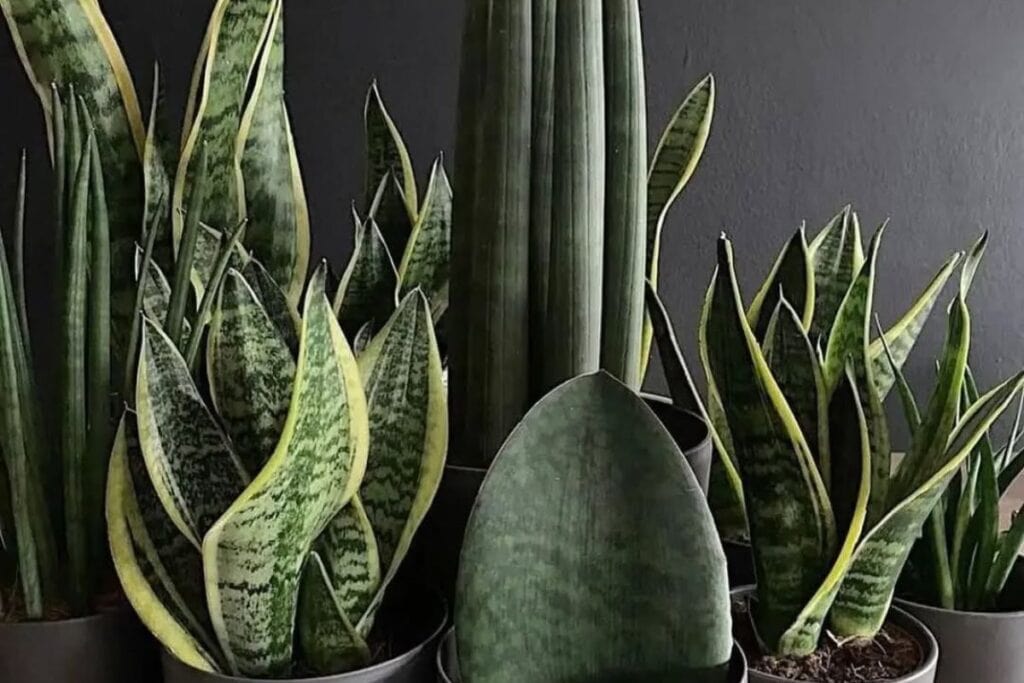Snake plants purify the air, filter toxins, and look great doing it—or so you’ve been told. You’ll find these sturdy succulents on countless “best air-purifying plants” lists, often accompanied by impressive claims about their ability to clean indoor air. While there’s scientific evidence supporting some of these claims, the real story behind snake plants’ air-purifying powers isn’t quite as straightforward as you might think.

Contents
- 1 The NASA Clean Air Study: What It Really Found
- 2 Understanding Snake Plants’ Natural Filtering Mechanisms
- 3 Scientific Research on Snake Plants and Indoor Pollutants
- 4 Real-World vs. Laboratory Air Purification Results
- 5 Common Indoor Air Pollutants and Plant Interactions
- 6 Factors Affecting Snake Plants’ Air-Cleaning Abilities
- 7 Alternative Methods for Indoor Air Quality Improvement
- 8 Best Practices for Maximizing Snake Plant Benefits
The NASA Clean Air Study: What It Really Found
While many people cite NASA’s Clean Air Study as proof that snake plants are excellent air purifiers, the actual 1989 research findings tell a more nuanced story. The study tested snake plants in sealed, lab-controlled chambers – quite different from your living room conditions.
You’ll want to note that NASA’s researchers found snake plants could remove certain toxins, particularly benzene and trichloroethylene, but only in small, contained spaces. They’d need about 10-12 plants per 100 square feet to match the lab results, which isn’t practical for most homes.
If you’re looking to replicate NASA’s findings, you’d actually need an activated carbon filter alongside your plants.
Understanding Snake Plants’ Natural Filtering Mechanisms

Although snake plants don’t filter air quite like mechanical purifiers, they employ several fascinating biological mechanisms to process airborne toxins. Through their stomata, microscopic pores on their leaves, they absorb gases like benzene and formaldehyde during photosynthesis.
When these compounds enter the plant’s tissue, specialized enzymes break them down into harmless organic matter. You’ll find most of this filtering happens at night, when the snake plant opens its stomata wider to take in carbon dioxide, simultaneously capturing more pollutants.
The plant’s thick, waxy leaves also trap airborne particles, including dust and allergens, which you can wipe clean periodically.
Scientific Research on Snake Plants and Indoor Pollutants
NASA’s groundbreaking 1989 Clean Air Study put snake plants’ air-purifying abilities to the test in controlled laboratory conditions. The research showed that snake plants effectively removed several harmful indoor pollutants, including benzene, formaldehyde, and trichloroethylene, with removal rates reaching up to 60% in 24 hours.
You’ll find that subsequent studies have confirmed these findings, though with varying results. A 2019 study demonstrated that you’d need approximately 10 snake plants per 100 square feet to achieve significant air purification. While they can’t replace air purifiers, snake plants have proven their ability to reduce specific volatile organic compounds (VOCs) commonly found in household products.
Real-World vs. Laboratory Air Purification Results
Because laboratory studies take place under carefully controlled conditions, you’ll find notable differences when comparing them to real-world results. In labs, snake plants remove up to 87% of certain toxins within 24 hours, but your home environment presents varying temperatures, humidity levels, and air circulation patterns that affect performance.
Your snake plant’s air-purifying ability depends largely on your space’s size and ventilation. While a lab might test one plant in a sealed 10-cubic-foot chamber, your living room likely requires 3-4 plants per 100 square feet to achieve meaningful results. Additionally, natural air exchange through doors, windows, and HVAC systems dilutes the plant’s impact.
Common Indoor Air Pollutants and Plant Interactions
Indoor pollutants come in many forms, and your snake plant interacts with each one differently. You’ll find benzene from paints and plastics, formaldehyde from pressed wood products, and trichloroethylene from household cleaners among the most common airborne toxins in your home.
Your snake plant primarily targets these pollutants through its leaves, where tiny pores called stomata absorb harmful compounds during photosynthesis. The plant’s effectiveness varies by pollutant type: it removes up to 52.6% of benzene within 24 hours, but only 13.4% of formaldehyde in the same timeframe. Trichloroethylene proves particularly challenging, with removal rates below 10% per day.
Factors Affecting Snake Plants’ Air-Cleaning Abilities
Several key environmental factors determine how effectively your snake plant purifies the surrounding air. Light exposure, humidity levels between 40-50%, and ambient room temperature of 65-85°F all play essential roles in the plant’s air-cleaning performance.
Your snake plant’s size and leaf surface area directly impact its purification capacity. A mature plant with 6-8 leaves can filter roughly 10 square feet of space, while larger specimens with 12+ leaves handle up to 100 square feet.
Airflow patterns and ventilation also affect efficiency. You’ll get ideal results by placing your plant 6-8 feet from air vents, allowing it to process moving air without stress from direct drafts.
Alternative Methods for Indoor Air Quality Improvement
While snake plants offer natural air purification, you’ll want to explore additional methods for maintaining ideal indoor air quality. Start by installing a HEPA air purifier that can remove 99.97% of airborne particles as small as 0.3 microns.
Open your windows for 15-20 minutes daily, even in winter, to exchange stale indoor air with fresh outdoor air. You’ll also benefit from using activated carbon filters in your HVAC system, which trap odors and chemical pollutants.
Consider using a dehumidifier to maintain humidity levels between 30-50%, as this range helps prevent mold growth while keeping dust mites and other allergens at bay.
Best Practices for Maximizing Snake Plant Benefits
Beyond mechanical air purifiers and ventilation systems, you’ll want to optimize your snake plant’s natural air-cleaning abilities through proper care and placement.
Place your snake plant 6-8 feet from frequently used areas, like your desk or bed, and maintain temperatures between 60-85°F. You’ll get the best results by keeping soil slightly moist but never waterlogged, checking moisture levels weekly with your finger.
For maximum air purification, you’ll need one snake plant per 100 square feet of space. Position multiple plants strategically around your room, focusing on areas with poor air circulation, and dust the leaves monthly to keep their pores unclogged.
